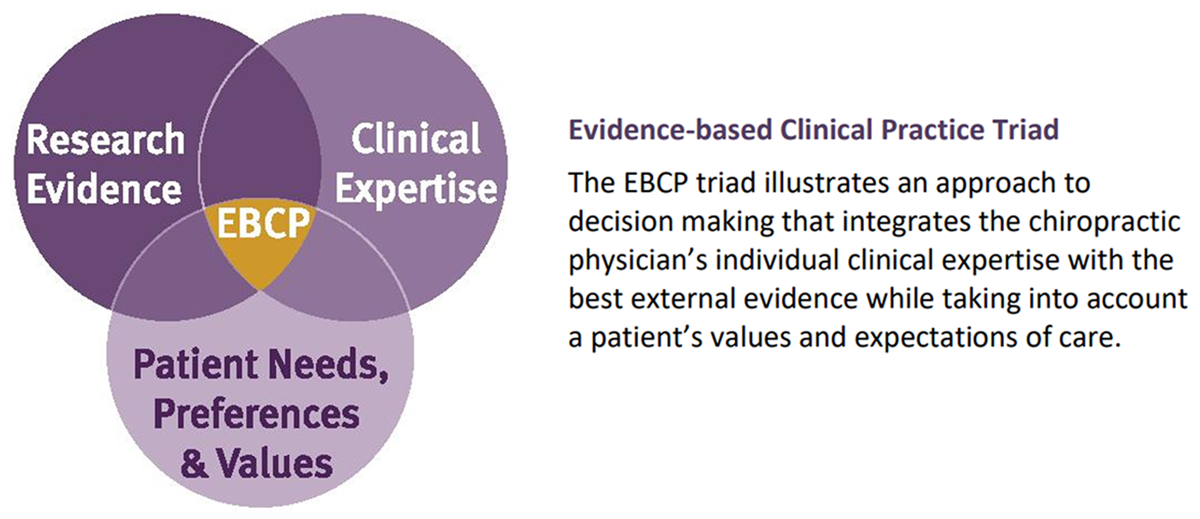The Evidence House: How to Build an Inclusive Base for Complementary Medicine
SOURCE: West J Med 2001 (Aug); 175 (2): 79–80
Wayne B Jonas
Department of Family Medicine Uniformed Services
University of the Health Sciences
Bethesda, MD 20814
We all want good evidence available when making medical decisions. Evidence, however, comes in a variety of forms and purposes, and what may be good for one purpose may not be good for another. The term “evidence-based medicine” (EBM) has become almost a cliché in recent years, being used as a synonym for “good” or “scientific,” both to support and refute the value of complementary medicine practices. [1] But EBM takes a narrow view of what constitutes “good” evidence, and it excludes important qualitative and observational information about the use and benefits of complementary medicine.
The key idea of EBM is a “hierarchy of evidence” (figure 1). In this hierarchy, information from systematic reviews of randomized controlled trials is the “best” evidence, followed by individual randomized controlled trials, then by nonrandomized trials, observational studies, and finally case-series. [2] When the evidence of what type of medicine works and what type does not is synthesized, the type of emphasis is at the top of the pyramid, and the evidence that is considered inferior is at the lower levels. Clinical experiments that isolate a causal and additive link between a specific intervention and a specific clinical outcome are seen as the “gold standard” in this evidence model.
Figure 1: The traditional hierarchy of evidence is narrow

There are more articles like this @ our:
As most clinicians know, the reasons that patients recover from illness are complex and synergistic, and many cannot simply be isolated in controlled environments. The best evidence under these circumstances may be observational data from clinical practice that can estimate the likelihood of a patient’s recovery in a realistic context. [3] In addition, patient’s illnesses are complex physical, psychological, and social experiences that cannot be reduced to single, objective measures. [4] In some cases, the most valuable information for a clinical decision is a highly subjective judgment about life quality. This personal experience of illness might be captured only through qualitative research, not using questionnaires or results of blood tests. [5] The “best” evidence under these circumstances may be the meaning that patients give to their illness and recovery.
Read the rest of this Full Text article now!




Leave A Comment